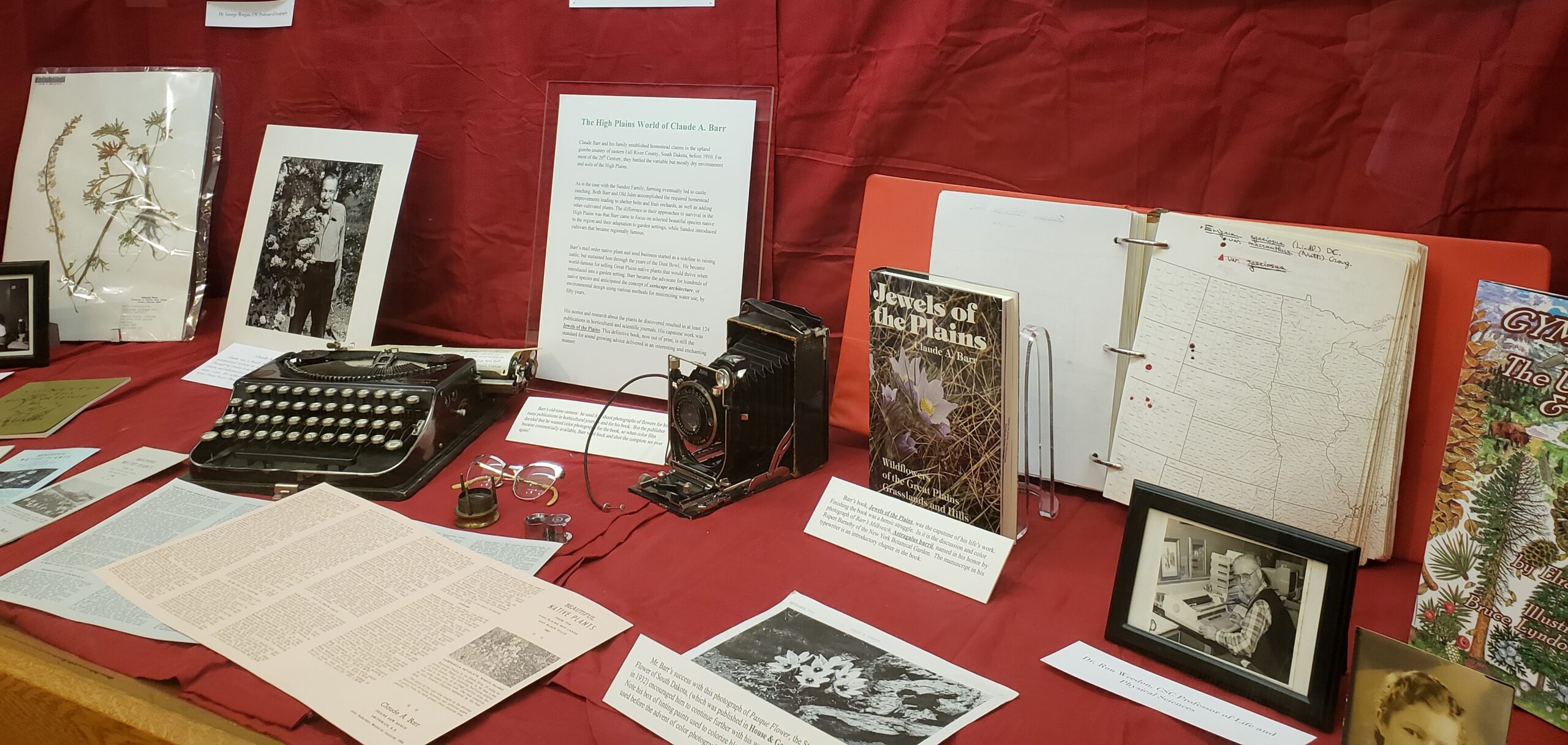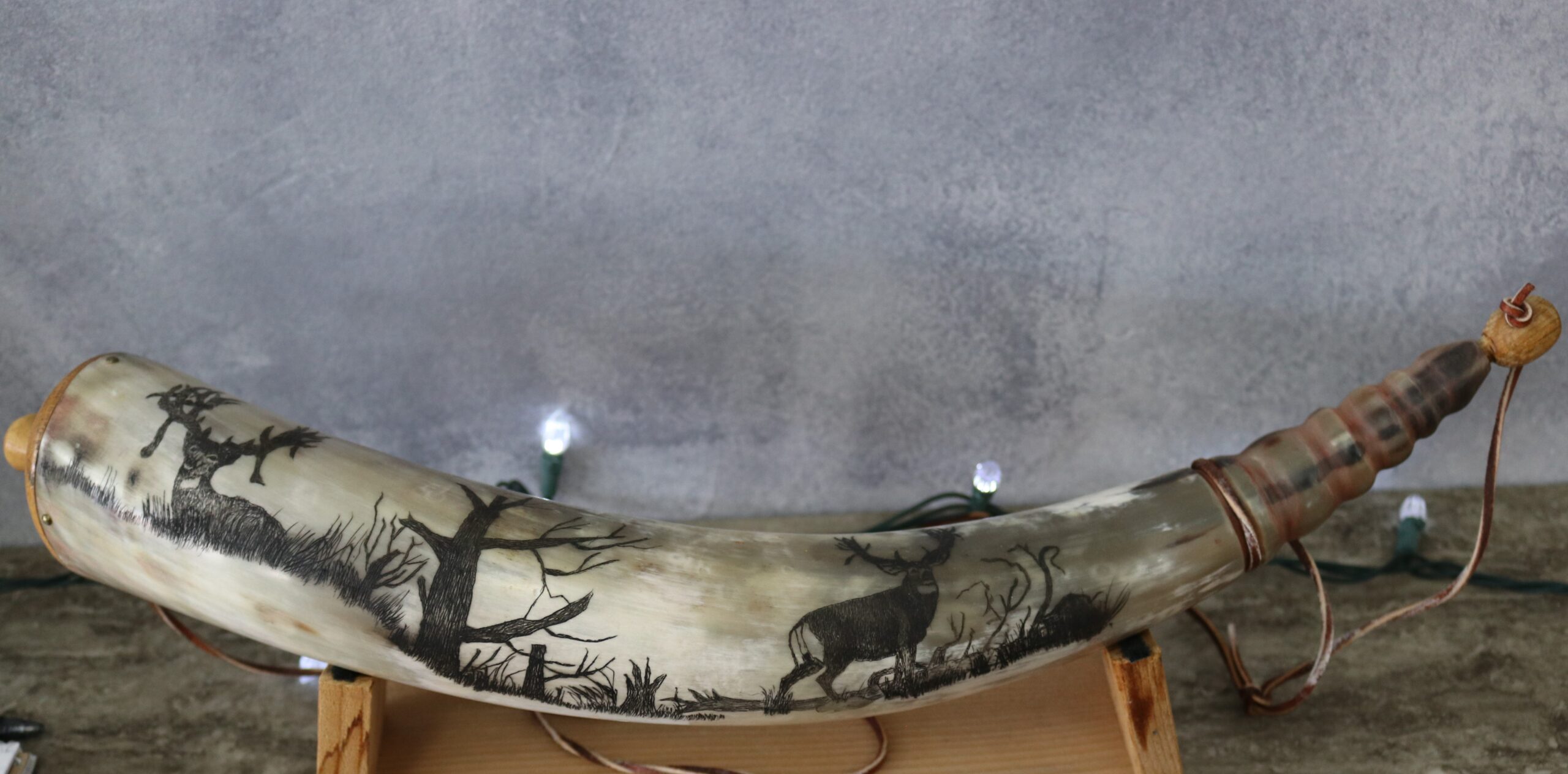By Kerri Rempp, Northwest Nebraska Tourism Direcor
Say the name Walter Reed and one thing likely comes to mind – Walter Reed Army Medical Center, now known as the Walter Reed
National Military Medical Center. Half a country away, the medical center has treated hundreds of thousands of soldiers since its inception, a fact most of the population probably already knows.
But there’s a connection to Northwest Nebraska and the medical center’s namesake, Walter Reed, with which many might be unfamiliar. Dr. Reed, who earned his medical degree at age 17, was commissioned in the US Army Medical Corps in 1875 and spent five years serving on the American frontier. For three of those years, 1884-1887, he was stationed at Fort Robinson. His time there and a pharmaceutical collection of items from that period in the region are part of the new “Hindsight is 20/20” exhibit at the Mari Sandoz High Plains Heritage Center.
Dr. Reed went on to become a major and served as the curator of the Army Medical Museum in Washington, D.C., and a professor at the Army Medical School. He discovered how both typhoid and yellow fever are spread. While at Fort Robinson, however, he was treating soldiers and area settlers, including Old Jules, famed pioneer and the subject of the book “Old Jules” written by Mari Sandoz. As the story goes about Old Jules, he suffered a broken ankle while digging a well and was found by Fort Robinson soldiers 18 days later.
As Dr. Reed examined his foot, black and green with infection, Old Jules reportedly threatened to kill the good doctor if he amputated.
“My orders are to amputate. But your wish to die in one piece shall not be ignored. And it would be just like your particular brand of damn fool to pull through,” Dr. Reed replied.
As Dr. Reed left Fort Robinson to continue his illustrious medical career, the local paper bid him farewell with this missive: “We doubt if Fort Robinson will ever contain a physician as affable and accommodating as the outgoing doctor has been, not only to the soldiers but settlers as well.”
The “Hindsight is 20/20” exhibit chronicles Dr. Reed’s life alongside a display of pharmacy items, including pill bottles and medicines. The section of the exhibit dedicated to Dr. Reed is just one of 20 collections being showcased through March 20. With the start of 2020, Laure Sinn and Holly Counts said it seemed appropriate for the Sandoz Center to look backwards and used the opportunity to display a variety of exhibits that depict everything from early Native American life in the region to agricultural advancements and law enforcement.
“It’s a way to show off a lot of the smaller collections of the region,” Counts said, noting that over the years many individuals have approached them about displaying their collections but didn’t have enough to fill the center’s full gallery.
A flintknapping display, for example, reveals the tools used and skills exhibited by early humans in their effort to communicate and survive. Another is dedicated to the Elite Theatre in Crawford, owned by Timothy and Georgianna Higgins in the early 1900s. The couple first operated a saloon and added the theatre in 1909. When Mr. Higgins died in 1912, it is believed that Mrs. Higgins became the first woman in the U.S. to own and operate a moving picture theatre, according to research provided by the Crawford Historical Museum. The theatre showed its first talkie in 1930, and Mrs. Higgins retired not long after that, but first constructed a new theatre building.
Other exhibits are dedicated to the White River Mill, which was operated by the Hall brothers until 1915, the Native American Church, formed in the 1870s with a Pine Ridge Chapter blessed by Pope Paul VI in 1975, and to The Rev. George Philip Bechtel, who served the local German population and Native Americans on the Pine Ridge Indian Reservation from 1929-1943.
There is also a collection of Mari Sandoz’s music and letters, including one from a reader of her book “Slogum House.”
“The book is a curiosity. It is so rotten and so putrid it stinks. Yet, having been an inmate of the Insane Asylum, due to the fact that I did every thing I could think of to prevent its being published, you might pardon me. Your characters are well chosen and you would be amazed if you knew that I am quite well acquainted with several of your characters,” the reader wrote. “You are a wonderful woman since you wrote a manuscript which causes the entire world to act like insane fools,” the letter writer continued and implored Sandoz to “Write a clean story, Mari Sandoz, which will help instead of destroying.”
The author responded to the 1944 letter explaining that she began writing the story as Hitler came to power and was attempting, through fiction, to visualize the methods an individual might use to dominate the world or a region. Sandoz refused to send the letter writer a copy of her book as she didn’t want it in the hands of a reader “unable or unwilling” to seek out its purpose.” She encouraged the woman to “learn to look at the world with a little more objectivity, seeing it as an observer, not as the personal center, you might find life less complicated and defeating, and certainly more fun.”
The Sandoz Center will host speakers and demonstrations in conjunction with the show and also is introducing a new feature with its exhibition of the “Hindsight is 20/20” show. A plus-one exhibit is on display at the show-sponsor Bean Broker Coffee House and Pub in downtown Chadron. The collection of photographs by Dwight Kirsch were taken in 1939 for a planned MGM movie based on Sandoz’s book “Old Jules.” The movie never went into production, however, as producer Irving Thalberg fell ill and had to scrap the project.
“When we first came to town, we thought, we have this great gathering spot in downtown Chadron,” said Dave Feddersen, who purchased the Bean Broker with his wife, Paige, a year ago. “We want to be Chadron’s living room, where the doors are open and everyone is welcome.”
The pictures of Nebraska’s beautiful landscapes are starting to attract attention from the business’ customers, including one local rancher who realized one of the historic photos was taken near his parents’ homestead, Feddersen said.
“I think people are starting to look at it and appreciate it. I think it’s engaging. People enjoy it and they like to see variety here,” he said.
The plus-one exhibit at the Bean Broker, which was put up in December and will run through the end of March, is dubbed “Foresight is 20/20.” Feddersen hopes to continue the concept in other ways once the show is over, possibly through other Sandoz exhibits, or with other artistry depicting Northwest Nebraska for visitors to enjoy when they stop.
“It’s a way to partner with the Sandoz Center, the college, and others to drive awareness about the resources we have in this area,” Feddersen said.
If You Go
- What: Hindsight is 20/20 Exhibit
- When: Jan. 20 – March 27, Monday – Thursday 10 a.m. – Noon & 1-4 p.m. & Fridays 10 a.m. – Noon
- Where: Mari Sandoz High Plains Heritage Center
- Additional Opportunities
- Foresight is 20/20: Dec. 6, 2019 – March 31, 2020 at the Bean Broker Coffee House & Pub
- Demonstration: Flintknapping by Dave Nixon Jan. 23, All Day
- Speaker: Matt Brust “Lady Beetles” Feb. 11, 3 p.m.
- Demonstration: Flintknapping by Dave Nixon Feb. 13, All Day
- Speaker: Mark Hunt “Sheriff Patches of Nebraska” Feb. 19, 1 p.m.
- Speaker: Steve Rolfsmeier “High Plains Herbarium at 60” Feb. 25, 2 p.m.
- Demonstration: Flintknapping by Dave Nixon March 19, All Day
- Speaker: Matt Brust “Butterflies” March 24, 3 p.m.











